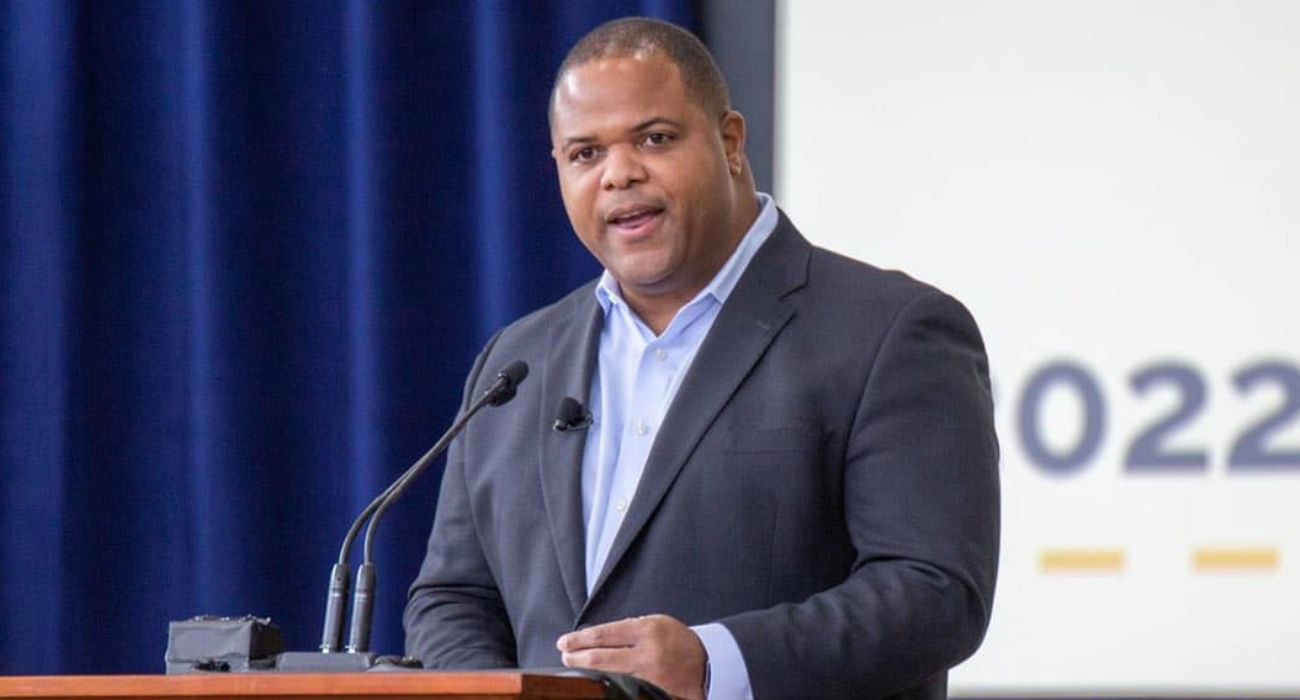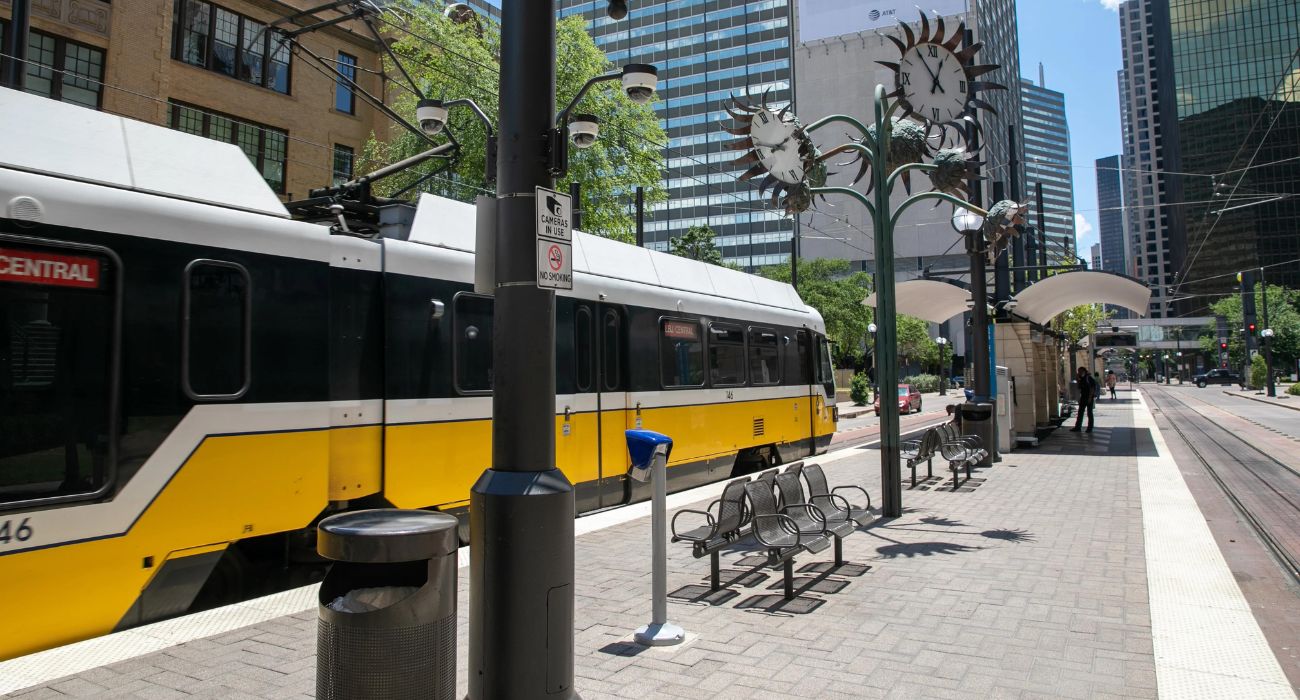The Texas power grid and its issues last winter made national headlines many times over, and for good reason. The crisis, dubbed the “ERCOT Blackout” by UT Austin’s Energy Institute, left several Texas regions without power between February 10 and 27.
ScienceDirect estimated that more than 10 million residents were left stranded without power during the freeze, and over 200 people died due to the electric grid failure.
The central power grid of any developed area is utterly essential to everyday life functions, even some that people wouldn’t expect.
Water treatment became difficult as treatment plants slowed down, running off generators. Pipes froze all across Texas, and consistent water pressure became scarce. Hospitals faced power outages, and Houston Methodist says safely discharging patients during the storm was “one of our biggest challenges.”
According to AccuWeather data, as temperatures fell to 5 degrees Fahrenheit in some places, millions were reportedly stuck inside without stable electricity, heating, or water.
Texas freeze survivor Tiffany Holloway shared she never believed in prepping for such an event.
“It was a real wake-up call for me, and I want to try and help other people to feel safe and secure,” she said, adding that Texans, in general, didn’t think it could even get to below freezing temperatures.
The responsibility of the freeze crisis rests on many shoulders, and there is no single entity to blame for what occurred. However, a thorough analysis of the ERCOT blackouts led to a consensus on three major issues: lack of proper winterization for gas and electric service, skyrocketing demand, and insufficient interstate connections.
As ScienceDirect puts it, “The 2021 freeze suggests a need to rethink the state’s regulatory approach to energy to avoid future such outcomes.”
The first problem was winterizing natural gas, electric, and water lines. Vistra Corp wrapped 12 miles of its existing lines in three inches of weather-proof material. The Public Utilities Commission (PUC) gave all Texas plants a deadline of December 1st to install its new regulatory guidelines on weatherization.
Along with this, a recent proposal was passed by the Texas PUC limiting how high wholesale electricity prices can reach. Instead of a $9,000 per megawatt-hour cap, the new limit will be $5,000, a 45% decrease. The chairman of the TPUC stated that the purpose of the cap is to stop residents from seeing “extraordinarily” high power prices come winter.
For many residents and business owners alike, the new regulations and infrastructure upgrades are not enough to ease all worry. Despite Governor Abbott’s claims that “everything that needed to be done was done to fix the power grid,” Vistra CEO Curt Morgan isn’t convinced.
He says the main issue is the lack of stable natural gas reserves that Texas can provide on the fly. “The gas system was not weatherized. And so we had natural gas producers that weren’t producing,” Morgan says. His electric plant in Midlothian depends on natural gas, and without it, the prices of electricity skyrocket as production drops to 30%.
Jason Issac, the director of Texas Public Policy Foundation’s Life:Powered and former State Representative, expressed his viewpoint to Dallas Express. He said that weatherization is a “band-aid” solution and that the real threat was “decades of market-distorting policies that pushed investments in unreliable electric generation.”
He continued that “Correcting the market imbalance that makes it impossible for reliable natural gas and clean coal to compete with wind and solar, which get lavish subsidies from our tax dollars whether they show up when we need them or not, is the only way to keep this from happening again.”
Issac explained even if all of Texas’ power plants worked flawlessly, a market imbalance between gas and coal versus clean energy would still cause blackouts. “The best way to [eliminate market imbalance] is a statewide reliability requirement that ensures generators, not Texans, bear the cost of unreliable power.”






